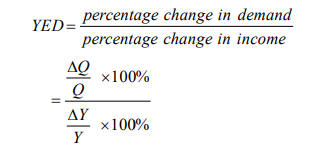definitions
1/7
Earn XP
Description and Tags
all books
Name | Mastery | Learn | Test | Matching | Spaced |
|---|
No study sessions yet.
8 Terms
opportunity cost
the cost of using resources for a certain activity, measured in terms of the net benefit that could be derived from the next best alternative forgone
marginalist principle answering scheme
The marginalist principle involves weighing marginal costs and benefits.
[context firm/consumer] needs to weigh the marginal benefit of [context benefit] against the marginal cost of [context cost]
MB is from context
MC is from context
MB > MC – consumers buy more
When MB>MC, it is rational to purchase 1 more unit of [context] as this will increase total utility by a larger extent than increase in total cost. This will increase net total utility.
MB < MC – consumers will buy less
On the other hand, it is rational to buy less of [context] if MB < MC, since reducing the purchase will lower total utility by less than total cost, thus increasing net total utility.
Since rational consumers aim to maximise net total utility, the optimal is purchasing until MB = MC, where net total utility is maximised and can no longer be further increased
unintended consequences
may occur because economic agents may not have made their decisions under perfect information
Production Possibilities Curve (PPC)
shows the combinations of the maximum amount of two goods that an economy can produce within a certain period, usually a year, with a fixed level of technology and when all available resources are fully and efficiently employed
effective demand
when consumers are both willing and able to pay for the goods and services required.
effective supply
willingness and ability of a firm to offer a good for sale at various prices in a given time period.
YED
measures the responsiveness of demand to a change in income, ceteris paribus

XED
measures the responsiveness of demand for one good to a change in the price of another good, ceteris paribus.
